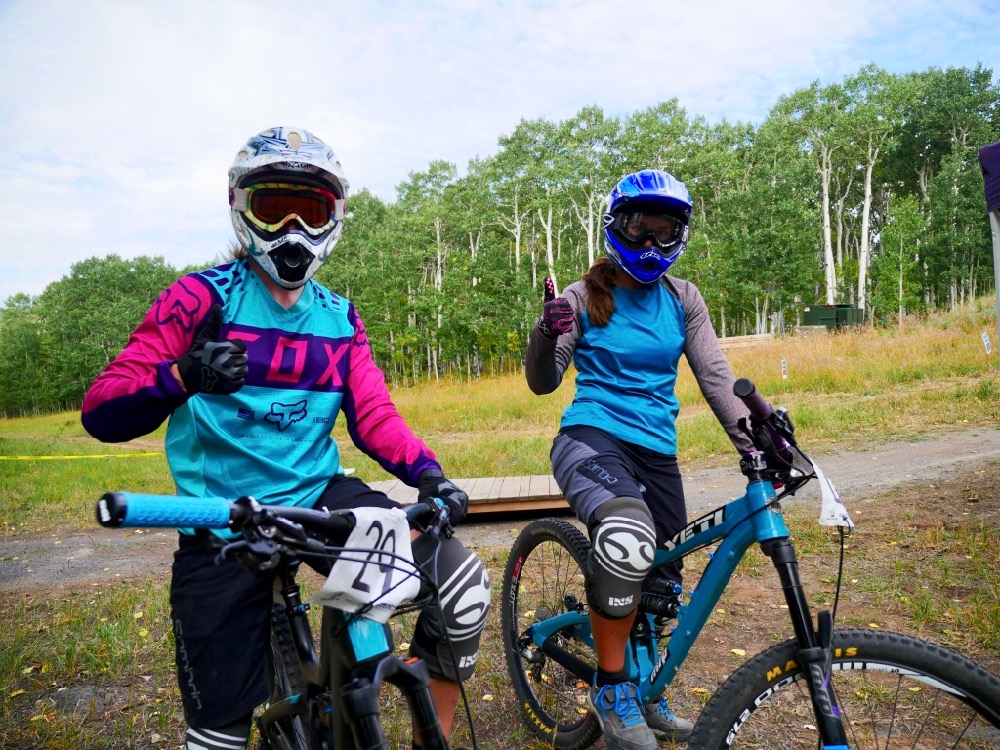
Have you ever been offended by the term “women’s mountain bike?” I get where you’re coming from–I’m a woman too. Thankfully, for the most part we’re past the age of “shrink it and pink it,” as the bike industry has genuinely attempted to respond to the needs and wants of women. Like the progression of women’s mountain bikes, the issue of feminism has also come a long way.
If the concept of women’s specific mountain bikes really is new to you, in general, women’s bike designs attempt to accommodate an average-sized woman, so these bikes will typically have a lower standover height, narrower bars, a women’s specific saddle, a shorter crank arm and/or stem, and sometimes even a smaller wheel size.
First, let’s look at why some people find labeling mountain bikes a “women’s” or “women’s specific” bike, offensive. Like it or not, the very nature of a label in and of itself can offend people or groups. To some, a “women’s” label automatically triggers the perception that there is some difference in capabilities–maybe even a weakness. This can be particularly frustrating for many women because for decades we have been trying to break the stereotype of being the “weaker” sex. We’ve found ourselves fulfilling traditional roles like being homemakers or not having a voice and wearing pink. But we continue to fight, kick at the glass ceiling, protest against injustices, and support each other. We’re more empowered than ever and that’s where it gets complicated. How can we stay united when we are so different?
News Flash: Women’s Bodies Come in Different Shapes and Sizes
The biggest argument against having women’s mountain bikes is that women’s bodies can vary just as much men’s bodies, so fitting bikes should be based solely on body measurements, not gender. There is just as much variance in height, weight, arm length, shoulder width, leg length, etc. among women as there is among men.
Great, we agree! The end.
There you go, just another woman telling the industry, “hey I’m human like everyone else and want to be treated equally.” I’ve read plenty of these articles by well-intentioned women on various women’s blogs and publications, and I think one thing is missing. The women’s movement that we’re in right now isn’t just about breaking stereotypes and resolving gender inequalities; today, we’re actually celebrating the uniqueness of being a woman.
What does that look like? Most of us agree that women’s bodies come in different shapes and sizes. As women, we accept that. We embrace it. We wear pink. We wear black. We wear men’s shorts. We wear tight pants. We wear high heels. We like tacos. We like flowers. We like beer. We work 60-hour work weeks. We stay at home with our kids. We binge on Game of Thrones. We watch the Bachelor. We drive pickup trucks. We have like 2,000 friends on Facebook. We are introverts. We read The New York Times. We are celebrity Instagrammers. We run for office. We do whatever the hell we want.
And, naturally, we ride whatever bike we want. We don’t want people telling us what to do–not the bike industry, not men, not even other women. We can’t generalize the needs and wants of women because we define those needs and desires for ourselves.

When we posted the question, “What’s your favorite women’s mountain bike?” on social media, the responses were all over the place, and that doesn’t surprise me at all. While certain brands stood out, the variety of bikes was overwhelming. There are a ton of women out there with long travel bikes, rowdy hardtails, plus bikes, 29ers, even bikes that are pink or purple (gasp!). I loved seeing the photos of my fellow lady shredders! Ultimately the “need” that I found is the need for choice. Very simply put, mountain bikers want choices, I believe males and females across the world can agree with that.
The only one who can decide what bike is best for you, is you. So before we jump to conclusions that women’s mountain bikes are some attempt to divide the mountain bike community by gender, think about your choices. The bike industry has delivered almost infinite choices in mountain bikes and gear from wheel sizes, tire widths, travel and more travel, carbon and fancy carbon, and beyond.

Now we have women’s mountain bikes to choose from.
Like I said earlier, for some the “women’s” label is going to conjure up justifiably strong emotions and feminist dialogue. For others, the “women’s” designation can be interpreted as a shopping shortcut in regards to small or compact geometry, or an honest marketing tactic aimed at encouraging women to get involved in a male-dominated sport.

If you’re a woman of average height (5′ 4″) or shorter, then a woman’s bike may be a good choice. There are also extra-small unisex frames in many manufacturers’ product lines that may fit just as well. Again, it comes back to choice. Not all size small bikes are going to fit the same, just like not every pair of size 26 jeans are going to fit the same (am I right?!!).
Women, you have a choice to wear jeans or a skirt! You wear what fits and what’s comfortable, and the same goes for bikes. You want to wear a skirt on your Santa Cruz 5010? Yes, please! Do it–I’ll even take a picture of you for Instagram! The industry, or those “big bad men,” aren’t telling you what to ride. You decide. You have the power.
Call it what you will, but personally, I like the idea of women’s mountain bikes because I’m 5 feet tall and appreciate the additional choices. I also empathize with those who despise the assumptions that come with a label. For you, I hope you can trust that women who purchase women’s mountain bikes want the same representation and respect.


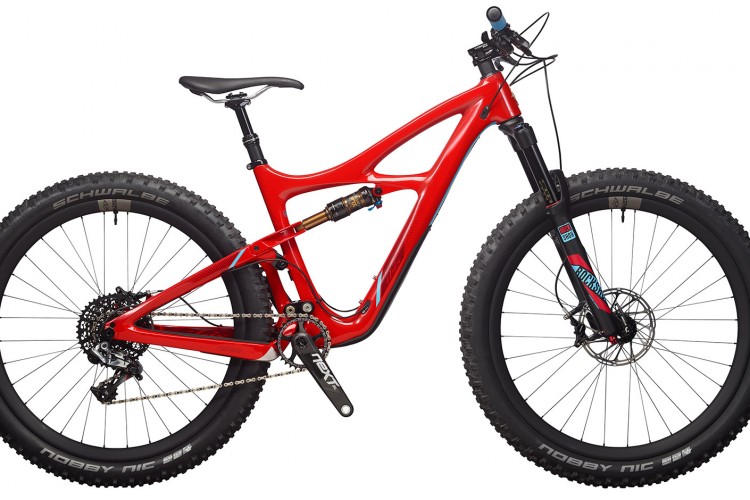
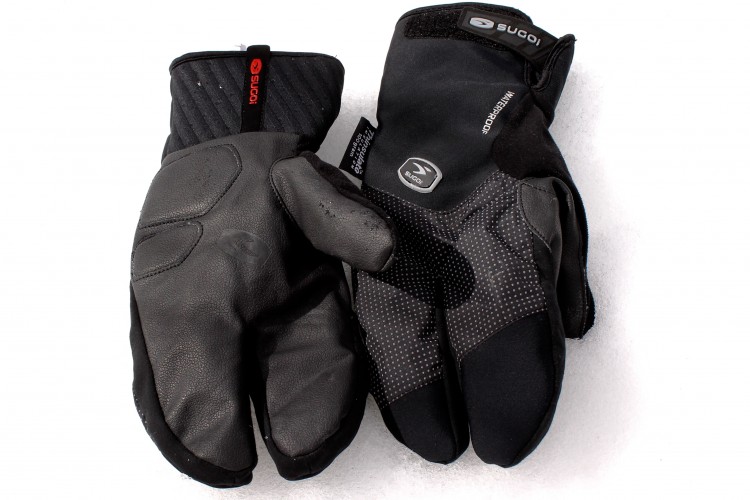


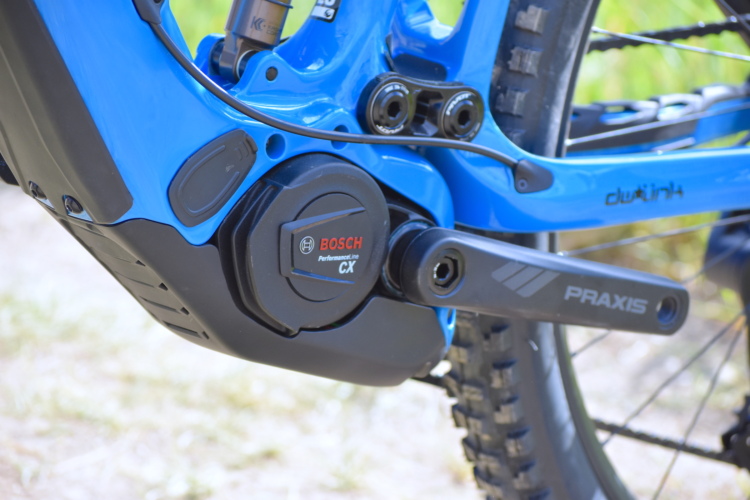
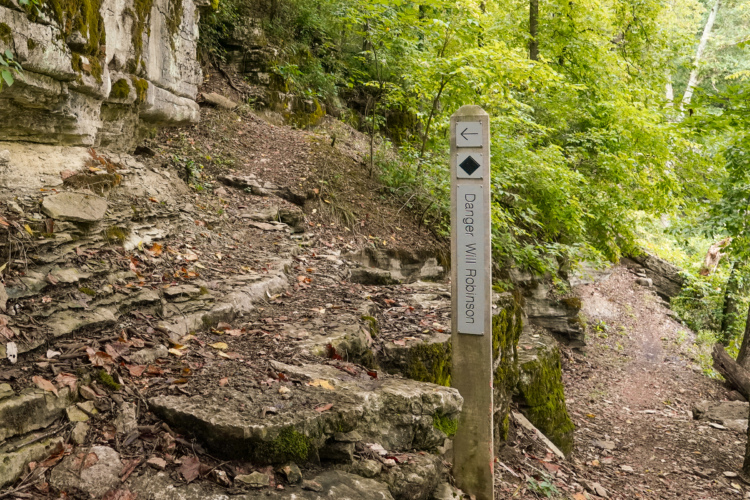



19 Comments
Nov 7, 2017
Nov 6, 2017
Nov 6, 2017
Nov 6, 2017
Nov 6, 2017
Nov 7, 2017
Sep 16, 2019
Nov 6, 2017
Nov 6, 2017
Nov 7, 2017
... wait for it...
GET MORE WOMEN INTO MOUNTAIN BIKING!!
While you are busy being offended by bicycles, I will be out riding my bike.
Dec 30, 2017
Nov 7, 2017
Nov 7, 2017
TLDR; everyone has different preferences, and that's ok.
Nov 6, 2017
Nov 8, 2017
Nov 6, 2017
Nov 6, 2017
Jan 15, 2018
Also, there's a helpful way to engage in this conversation as a dude and an unhelpful way. Being supportive and, a lot of times, just listening = helpful. Mansplaining women's (!) experiences and being dismissive is not helpful.
Sep 16, 2019